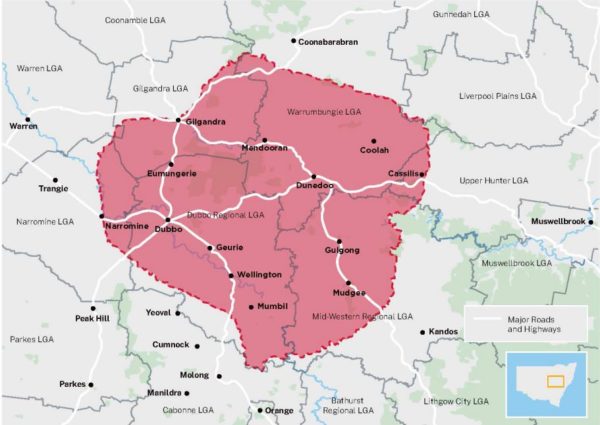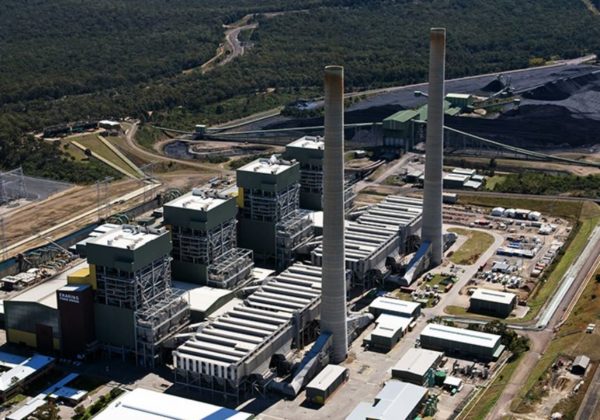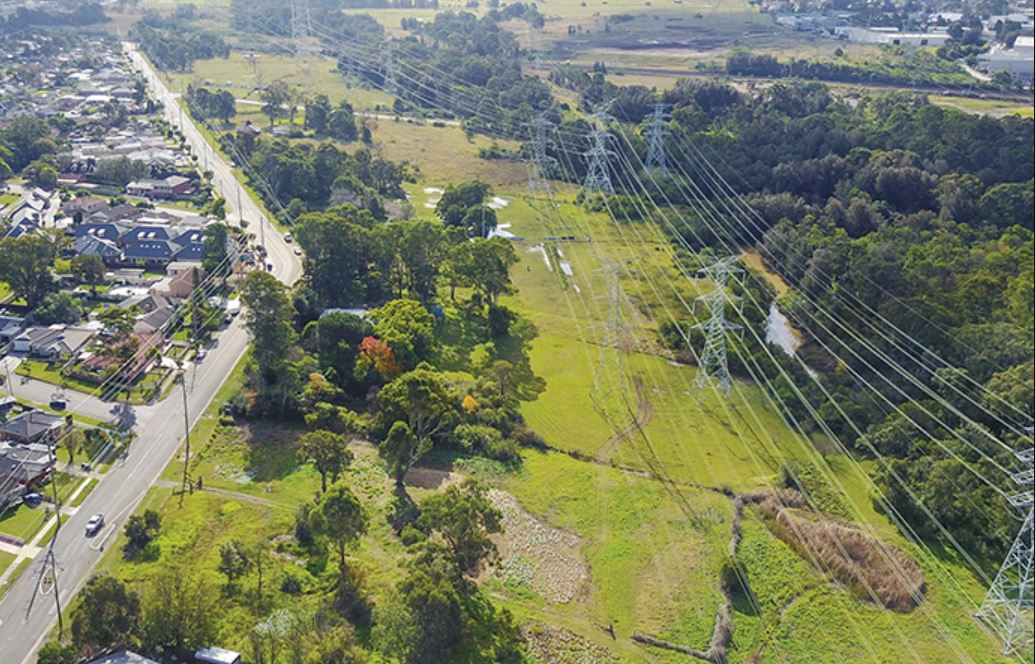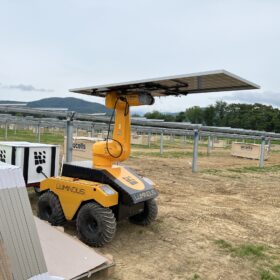The New South Wales (NSW) government’s plan to deliver a 3GW renewable energy zone (REZ) in the state’s Central-West appears certain to be reviewed with NSW Treasurer Matt Kean this week revealing a revised transmission corridor that he said maximises options to unlock more renewable energy in the future.
The Central-West Orana REZ is the first of five designated clean energy zones detailed in the NSW Government’s Electricity Infrastructure Roadmap. REZs will also be developed in the New England, Hunter-Central Coast, South-West and Illawarra regions.
Kean said as Australia’s first REZ, the Central-West Orana REZ is pivotal to the NSW government’s plan to inject at least 12GW of renewable energy and 2GW of energy storage into the grid before 2030 to fill the gap created by the retirement of the state’s thermal-fuel generation fleet.
“Renewable Energy Zones are modern-day power stations that will revolutionise the way energy is generated and transmitted across the state,” he said.
Stage 1 of the Central-West Orana REZ, which encompasses approximately 20,000 square kilometres centred on the inland town of Dubbo, is planned to unlock at least 3GW of new network capacity by the mid-2020s, enough to power 1.4 million homes.
The registration of interest process conducted last year sparked an overwhelming response from investors with more than 27GW of potential renewable and storage projects valued at $38 billion received.
Much of that proposed capacity could now be unlocked with Kean saying the new transmission corridor, which redirects the eastern section of the route, shifting it away from the Merriwa Cassilis plateau to instead go through mining areas around Ulan, could cater for nearly four times the original amount of renewable power.

Image: EnergyCo
“The revised study corridor for new transmission infrastructure will minimise impacts on prime agricultural land in the region and enable us to deliver greater capacity for the Central-West Orana REZ to meet future energy needs,” Kean said.
“As the new route can accommodate additional transmission lines, it gives us options to deliver nearly four times the amount of renewable power to the grid with the same infrastructure.”
Member for the Upper Hunter David Layzell said the redesign meant the corridor avoided significant areas of high-quality agricultural land.
“The majority of the revised corridor is now located on land owned by mining companies or alongside existing transmission lines, minimising the impact on prime agricultural land,” he said.
Minister for Western NSW and Member for the Dubbo electorate Dugald Saunders said the Central-West Orana REZ will attract about $5.2 billion of private investment and support around 3,900 peak construction jobs and 500 ongoing jobs.
“This is about getting the balance right in a way that boosts the economic and employment benefits for local communities, without compromising the assets that make this region so unique,” he said.
The Energy Corporation of NSW (EnergyCo) will lead a competitive process to appoint a network operator to design, build, finance and maintain the new transmission infrastructure in the REZ.
EnergyCo said it will conduct community consultation sessions and technical studies to refine the transmission alignment prior to lodging an Environmental Impact Statement for the project in early 2023.

Image: NSWDPE
The unveiling of the revised transmission route forms part of the NSW government’s response to last week’s announcement by Origin Energy that it will bring forward the closure of the Eraring Power Station to August 2025, seven years earlier than previously scheduled.
Origin’s announcement followed that of fellow energy retailer AGL that it would accelerate the closure of its two biggest coal-fired power plants – including the Bayswater power plant in the Hunter to “no later than” 2033, two years ahead of its previously scheduled closure of 2035, while the Liddell power plant, also in the Hunter, remains on track to close in April 2023.
The government has confirmed it will invest an extra $84 million in the key bodies needed to accelerate the implementation of its Electricity Infrastructure Roadmap and provide $47.5 million to accelerate the development of pumped hydro in the state. This funding is on top of the $380 million announced in the 2021 Budget to support the delivery of the Roadmap.
“We are also establishing a Transmission Acceleration Facility to accelerate the delivery of priority transmission projects and Renewable Energy Zones,” Kean said.
The first investment under the facility will be the Waratah Super Battery, a 700MW/1400MWh grid-scale network battery to be installed on the Central Coast.
The NSW government said it will work with industry partners to install the Waratah Super Battery, set to be the largest network standby battery in the Southern Hemisphere, by 2025 to release grid capacity.
This content is protected by copyright and may not be reused. If you want to cooperate with us and would like to reuse some of our content, please contact: editors@pv-magazine.com.









By submitting this form you agree to pv magazine using your data for the purposes of publishing your comment.
Your personal data will only be disclosed or otherwise transmitted to third parties for the purposes of spam filtering or if this is necessary for technical maintenance of the website. Any other transfer to third parties will not take place unless this is justified on the basis of applicable data protection regulations or if pv magazine is legally obliged to do so.
You may revoke this consent at any time with effect for the future, in which case your personal data will be deleted immediately. Otherwise, your data will be deleted if pv magazine has processed your request or the purpose of data storage is fulfilled.
Further information on data privacy can be found in our Data Protection Policy.